SUMMARY
This is AI generated summarization, which may have errors. For context, always refer to the full article.
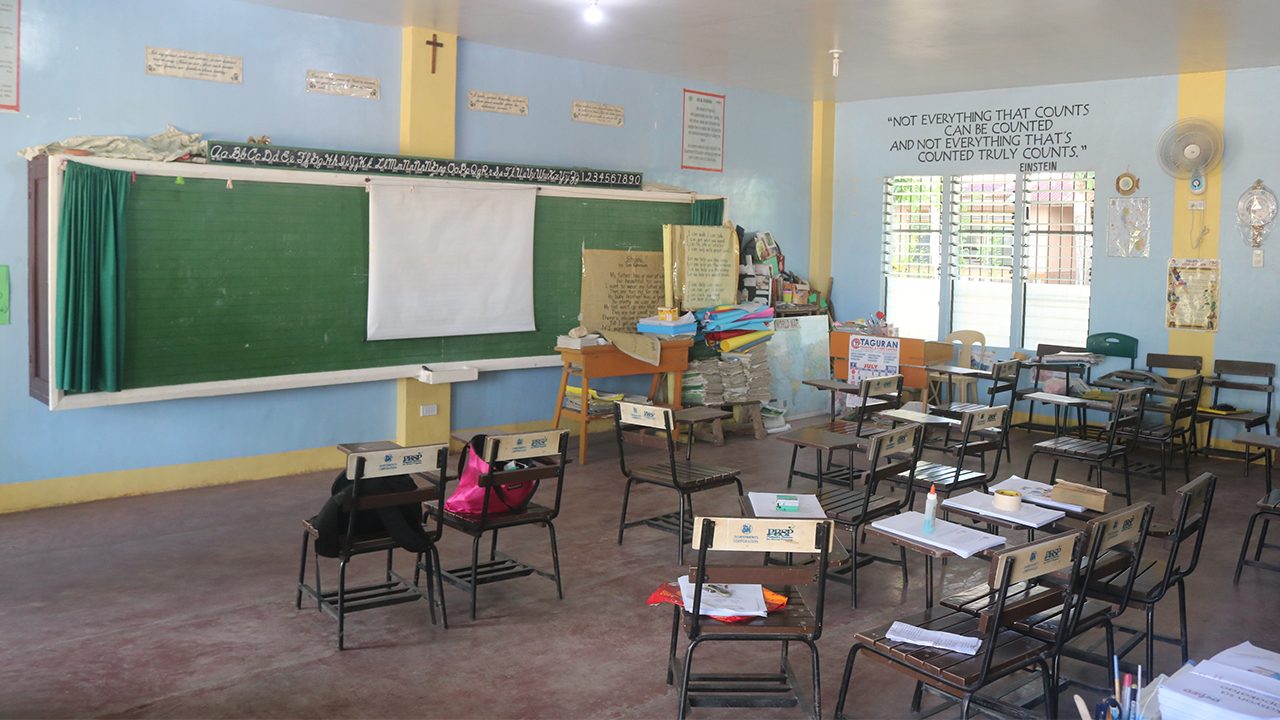
CEBU, Philippines – “I don’t like to read.”
Six-year-old Jhermione Baclay’s statement crushed her mother, Jhaine. Her daughter used to be enthusiastic about reading books.
In an interview with Rappler on Thursday, June 30, a self-aware, articulate Jhermione expressed frustration about not being able to advance in reading despite having a tutor after school hours.
For many children of middle-class parents who put a premium on education, learning conditions under COVID-19 pandemic protocols make for longer hours of study.
The pandemic lockdown already stole their outdoor play and interaction with peers. Now, facing learning challenges, a portion of their playtime is utilized for more lessons.
Baclay explained how difficult it had been for her daughter to learn in a virtual setup.
“At the start of her classes, she couldn’t properly listen because of the noise in our surroundings, and the slow internet connection in Liloan,” the mother said in a mix of Cebuano and English.
Baclay echoed what many parents are saying: Jhermione would be more attentive to her teachers in a face-to-face setup, and happier if she could interact with schoolmates.
Just the act of being able to raise her hands high in a classroom makes a difference to the young student.
Cell phone education
Department of Education (DepEd) officials in Central Visayas (DepEd 7) know that schools will need to help students catch up with already lagging reading skills when face-to-face classes start in August.
DepEd Central Visayas Director Salustiano Jimenez said on Tuesday, June 28, that developing reading comprehension among children in kindergarten and grades 1, 2, and 3 (K-3) via modular/virtual learning setups has been a major challenge.
“Our parents find it difficult to teach reading to their children. Our teachers also find it hard to just let children listen to them through cell phones,” he said in a MyTV Cebu media forum.
While well-off families can afford to provide children with laptops, the majority of families are working class and barely recovering from retrenchment and slashed work hours and pay during the lockdown years. Most of their children use basic cell phones or other mobile gadgets that lessen visual interaction.
According to the director, the DepEd has been holding orientations for parents to use learning modules meant for their children. This was still not enough, as shown by a review of the performances of children in K-3, Jimenez said.
This is problematic because pre-pandemic, the Philippines already occupied the lowest rung in reading, mathematics and science among countries that participated in the triennial Program for International Student Assessment under the Organization for Economic Co-operation and Development.
While the survey focused on mid-teen students, education foundation impacts on students’ performance in higher grades.

Added costs
Kareen Reposar, a solo parent of two boys, shared Baclay’s sentiments.
“Before, my kid used to be very motivated to attend school because it was face-to-face. He gets to see his classmates and his teachers, and he learned a lot,” she said.
Both Reposar and Baclay decided to hire tutors to help their children keep up with academics.
Baclay pays Jhermione’s reading tutor P150 per session/hour, spending up to P3,000 per month for her child in addition to tuition and other miscellaneous fees.
“I hope they will put more focus on reading. At 6 years old and in Grade 1, she has to know how to read,” Baclay said, expressing her wish for the next school year.
Reposar, for her part, opted to put her child in after-school learning programs.
“Not all parents are privileged enough to just stay at home and take care of their kids,” Reposar pointed out.
Learning strategies
“It’s really challenging, even way back in the face-to-face setup. It became more challenging with distance learning,” said Ingrid Bohol, principal of Divine Life Institute Cebu Incorporated of Cebu. DLIC is Jhermione’s school.
Bohol said teachers have tried using alternative learning strategies to help students from home.
“During the F2F setup and now, the distance learning, we would set a time schedule for students to spend time with teachers to do some reading. We call it remediation,” she told Rappler on Thursday.
The goal, Bohol said, is to ensure that students get one-on-one training with their teachers. During the process, students are provided with supplemental reading materials, and learning is evaluated through reading comprehension tests.
Still, the principal acknowledged that these attempts faced challenges like internet connectivity and students not having the capacity to do online classes.
“Internet connectivity (for the students) was a great concern and this is true for other institutions who had to go through two years of distance learning,” she said. – Rappler.com
Add a comment
How does this make you feel?

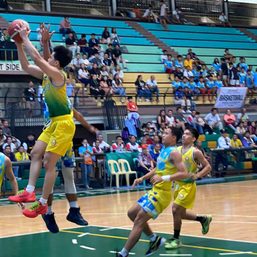
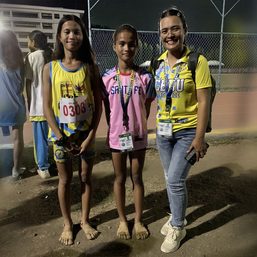
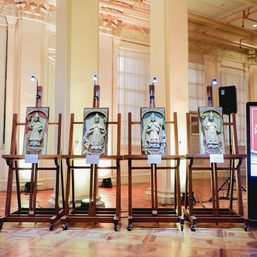
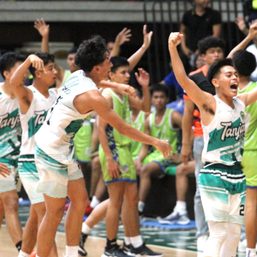


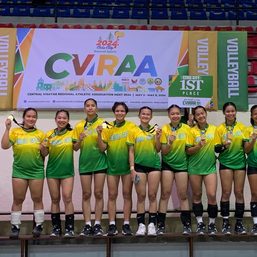

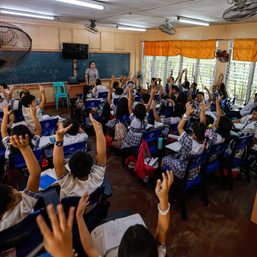
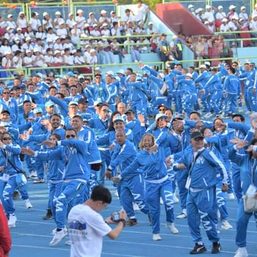
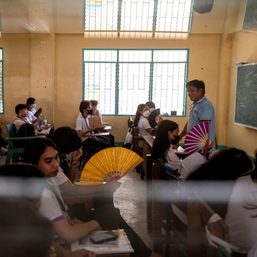
There are no comments yet. Add your comment to start the conversation.